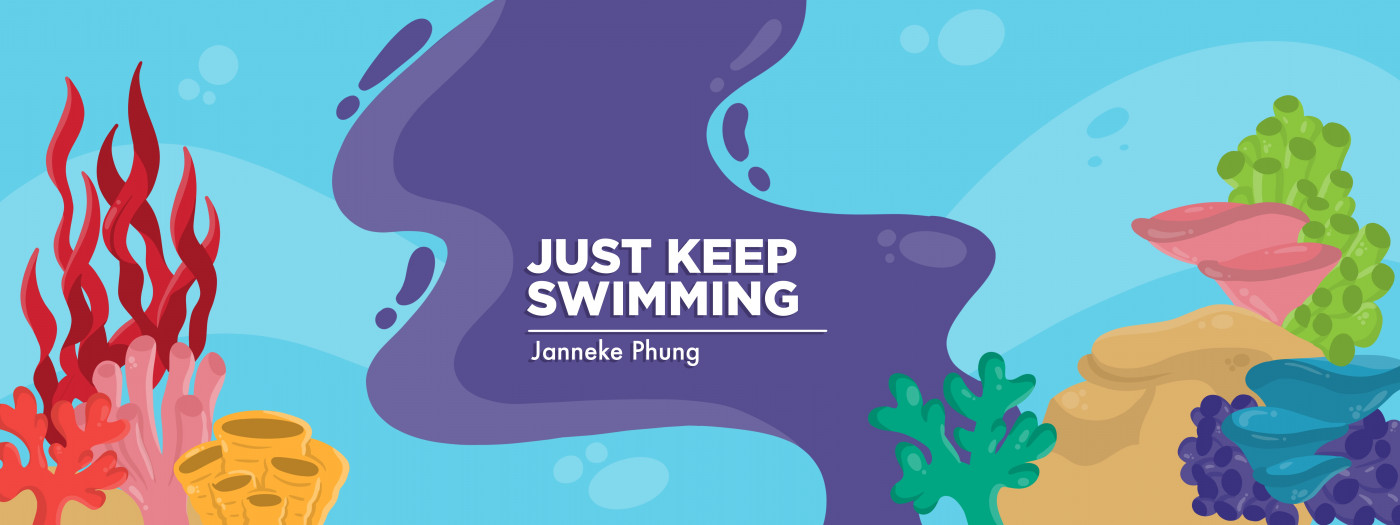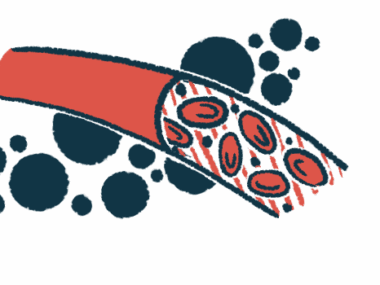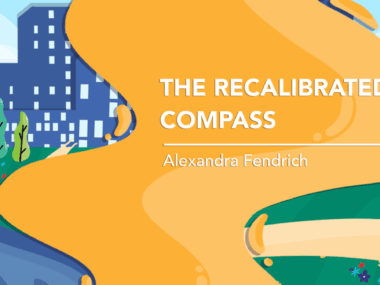How Changes in Weather Affect My Ankylosing Spondylitis Symptoms
A blustery storm reminds columnist Janneke Phung about a common AS trigger
Written by |

As I lay in bed, I heard the wind howling. With every gust, I felt the house shaking just a little bit. The cold, almost icy drops of rain pounded hard against the window. The previously crisp and colorful fall leaves, now soggy and dead, disintegrated as they fluttered to the ground. Autumn had officially arrived.
As I twisted and turned between my soft flannel sheets, I racked my brain to figure out what I’d done to make that familiar throbbing and gnawing nighttime pain in my lower back return. The pain was not as severe as it once was, but enough to wake me at 3 a.m. I sighed and resigned myself to the fact that the night would no longer offer me sleep because of the pain related to my ankylosing spondylitis (AS).
The day before, I’d gone geocaching in the Rocky Mountains of Alberta, Canada, with my three young boys. We had decided to indulge in the last double-digit (Celsius) day that was forecasted for the season, preparing ourselves for a winter of hunkering down.
Hiking in the mountains was not something I thought I’d be able to do again when I was in the throes of AS. I no longer take these outings for granted. The hike and the company refreshed my soul.
Ever since making drastic modifications to my diet, I have experienced a life-changing improvement in how I feel. These days, I rarely experience the dreadful symptoms associated with ankylosing spondylitis. In fact, I often forget I have an incurable and, for many, debilitating illness.
As such, I was surprised to be in pain. I hike regularly and know that hiking is no longer beyond the scope of my physical ability. Was it possible that this simple outing with my kids could have triggered a minor flare? I was humbled by the realization that, despite my improvement, I was still not 100% in control of my disease.
Going through the list
As I lay there, feeling the throbbing in my sacroiliac joints, I started reminding myself of a few things that can trigger ankylosing spondylitis and worsen my symptoms:
- A sedentary lifestyle
- Diet
- Overexertion
- Stress
- Lack of sleep
- Poor posture
- Smoking
- Weather
Of course: the weather! How ironic that I’d been focusing on the harsh and blustery storm outside, yet I’d forgotten how I regularly claim that my body is more accurate at predicting the weather than a meteorologist. AS, a form of arthritis, can be notorious for acting up with weather changes, especially with cold weather in the shoulder seasons. After a long, dry, and warm summer, I was caught off guard by this weather-induced flare.
Thankfully, the flare was minor and affected me for only two nights. It was a reminder of how far I’ve come and how grateful I am to be able to live a lifestyle I thought was no longer possible when I was diagnosed with AS.
Thanks for reading! You can learn more about my story, browse starch-free recipes, or peruse the stories of others who successfully manage their AS with diet and lifestyle modifications on my website. Join me on Instagram and Facebook for the latest updates and recipes.
Note: Ankylosing Spondylitis News is strictly a news and information website about the disease. It does not provide medical advice, diagnosis, or treatment. This content is not intended to be a substitute for professional medical advice, diagnosis, or treatment. Always seek the advice of your physician or other qualified health provider with any questions you may have regarding a medical condition. Never disregard professional medical advice or delay in seeking it because of something you have read on this website. The opinions expressed in this column are not those of Ankylosing Spondylitis News or its parent company, Bionews, and are intended to spark discussion about issues pertaining to ankylosing spondylitis.







Eric Bergeson
Pain! Is it just weakness or could it be AS. As the weather turns colder, my lumbar region, SI joints and thighs have become more sore, especially in the mornings. While I try stretching things enough to relieve some of the pain, my thighs remain sore, especially when trying to stand from a sitting position. The pain remains but with the help of my cane some level of normal movement is possible. My problem? Is itbAS or something else? As a 80 year old, I have questions.
Janneke Phung
I can imagine that you would have many questions. I'm sure the pain and stiffness get frustrating. I'm sorry! Wishing you the best as you deal with the symptoms of AS.
Roland Collings
Hi, as a 50 year old long time AS sufferer (diagnosed at 25 after about 6 years of misdiagnosis) in the UK I'd like to offer some personal insight into weather related AS triggers. I have been on anti TNF biological modifiers for 15 years.
From the list of AS triggers in your article, I'd rate stress, diet and changes in the weather as the most prevalent for myself. Regarding diet, some foods can trigger a flare up whilst others can greatly relieve symptoms. My own list of such foods is too many to mention here but suffice to say it doesn't always follow what seems to be the most commonly mentioned amongst fellow AS patients. Although I will mention vanilla as being particularly effective in alleviating symptoms, both generally and during a flare up.
Triggers from weather only occur with one type. Windy, anything from moderate up to storm/gale force winds. Rainy and/or cold weather even down to sub zero temperatures have no effect on me at all. Yet it can be dry and ambient/warm temperature wise with strong blustery winds and I'm in agony. This happens 100% of the time, even indoors, when it's windy. Almost like the wind generating change in atmospheric pressure is literally pressing down on my spine. Once it stops being windy my flare up will subside in literally minutes. If it's windy for hours or a day or two then my flare up lasts for the duration.
Janneke Phung
Hi Roland! Thanks so much for sharing about your experience with AS! It's awesome that you have been able to pinpoint some of your triggers and sources of relief. I have found a starch-free diet to be most life-changing. I am constantly still learning about new triggers. It's fascinating to me how we all experience AS -it's triggers and relief- so uniquely! Wishing you all the very best!